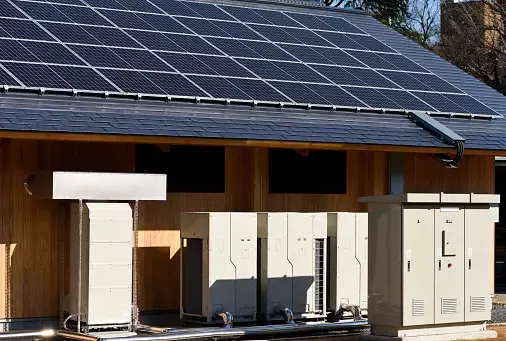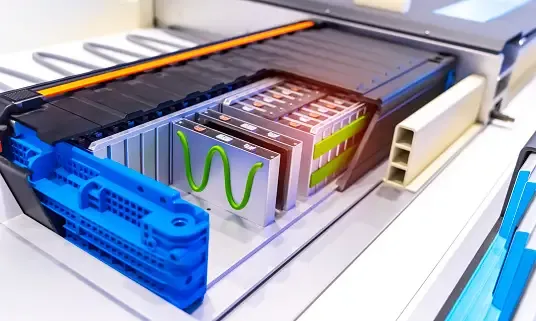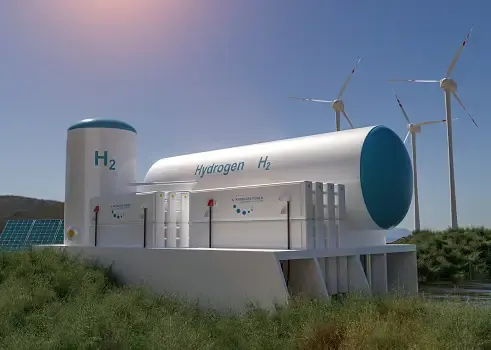
CONTACT US
Mastering Energy Shifting: A Comprehensive Guide to Energy Storage Solutions
In today's world, the need for efficient and reliable energy storage systems has never been more critical. As we move towards greener and more sustainable energy sources, understanding energy shifting and energy storage becomes essential. This guide will help you grasp the basics of these concepts and explore the various energy storage solutions available.
What is Energy Shifting?
Energy shifting refers to the practice of storing energy when it is abundant and cheap, then using it when it is scarce and expensive. This process is vital for balancing supply and demand in energy grids, especially those relying on renewable sources like solar and wind. By shifting energy usage, we can ensure a stable power supply and reduce costs.
The Importance of Energy Storage
Energy storage is the backbone of energy shifting. It involves capturing energy produced at one time for use at a later time. Without effective energy storage solutions, energy shifting would be impossible. Storage systems allow us to harness renewable energy sources' full potential, providing power when the sun isn't shining or the wind isn't blowing.
Types of Energy Storage Systems
There are several types of energy storage systems, each with its unique advantages and applications. Here, we'll delve into some of the most common types:
1. Battery Storage
Battery storage is perhaps the most well-known form of energy storage. Lithium-ion batteries, in particular, have gained popularity due to their efficiency and decreasing costs. They are used in various applications, from small-scale residential setups to large-scale industrial systems.
Advantages:
- High energy density
- Scalability
- Rapid response times
Applications:
- Home energy storage
- Electric vehicles
- Grid stabilization
2. Pumped Hydro Storage
Pumped hydro storage is one of the oldest and most established forms of energy storage. It involves using surplus energy to pump water from a lower reservoir to an upper reservoir. When energy is needed, the water is released back down through turbines, generating electricity.
Advantages:
- Large capacity
- Long lifespan
- High efficiency
Applications:
- Large-scale grid energy storage
- Load balancing
3. Thermal Energy Storage
Thermal energy storage captures and stores heat or cold for later use. This method is particularly effective in managing energy demand in heating and cooling systems. Materials like molten salt and chilled water are commonly used in these systems.
Advantages:
- Cost-effective
- Reduces peak demand
- Enhances efficiency of heating and cooling systems
Applications:
- Industrial processes
- District heating and cooling
- Solar thermal power plants
4. Flywheel Energy Storage
Flywheel energy storage systems store energy in the form of rotational kinetic energy. These systems are known for their high efficiency and long cycle life. They are particularly useful for applications requiring short-term energy storage and rapid response.
Advantages:
- High efficiency
- Long cycle life
- Low maintenance
Applications:
- Uninterruptible power supplies (UPS)
- Frequency regulation
- Grid stability
Benefits of Energy Shifting and Storage
1. Enhanced Grid Stability:
Energy shifting helps balance the supply and demand of electricity, reducing the risk of blackouts and ensuring a stable power grid.
2. Cost Savings:
By storing energy when prices are low and using it when prices are high, both consumers and utilities can save on energy costs.
3. Increased Renewable Energy Adoption:
Energy storage systems enable the effective use of intermittent renewable energy sources, making it easier to integrate them into the energy grid.
4. Environmental Benefits:
By optimizing energy use and reducing reliance on fossil fuels, energy storage and shifting contribute to lower greenhouse gas emissions and a cleaner environment.
Real-World Applications
Let's take a look at some real-world examples of energy shifting and storage in action:
1. Tesla Powerwall:
Tesla's Powerwall is a residential battery storage system that allows homeowners to store solar energy and use it during peak hours or power outages. This technology empowers individuals to take control of their energy usage and reduce their dependence on the grid.
2. Grid-Scale Battery Storage:
Countries like Australia and the United States are investing heavily in grid-scale battery storage projects. These large batteries can store excess renewable energy and provide it to the grid when needed, enhancing grid reliability and supporting renewable energy integration.
3. Ice Energy:
Ice Energy's Ice Bear system uses thermal energy storage to reduce air conditioning costs. It creates ice during off-peak hours and uses it to cool buildings during peak demand periods, effectively shifting energy use and lowering electricity bills.
Challenges and Solutions
While the benefits of energy shifting and storage are clear, several challenges remain. These include high initial costs, technological limitations, and regulatory hurdles. However, ongoing research and development, coupled with supportive policies, are paving the way for overcoming these obstacles.
1. Cost Reduction:
As technology advances and economies of scale come into play, the costs of energy storage systems are expected to decrease significantly.
2. Technological Improvements:
Innovations in materials and design are enhancing the efficiency, capacity, and lifespan of energy storage systems.
3. Policy Support:
Governments and regulatory bodies worldwide are recognizing the importance of energy storage and implementing policies to encourage its adoption.
Conclusion
Energy shifting and storage are essential components of a sustainable energy future. By understanding and implementing these concepts, we can create a more reliable, cost-effective, and environmentally friendly energy system. As technology continues to advance, the possibilities for energy storage and shifting will only expand, bringing us closer to a world powered by clean and renewable energy.




